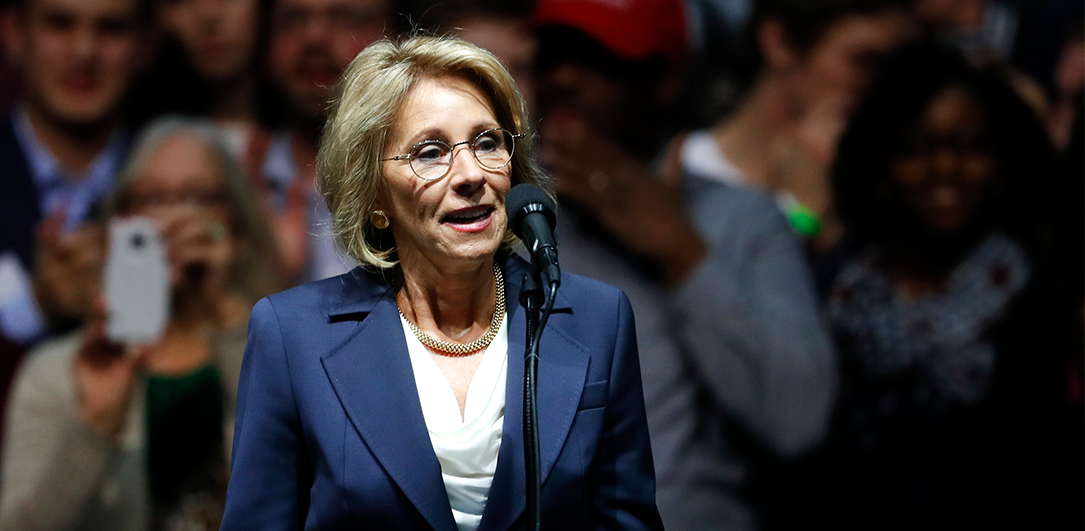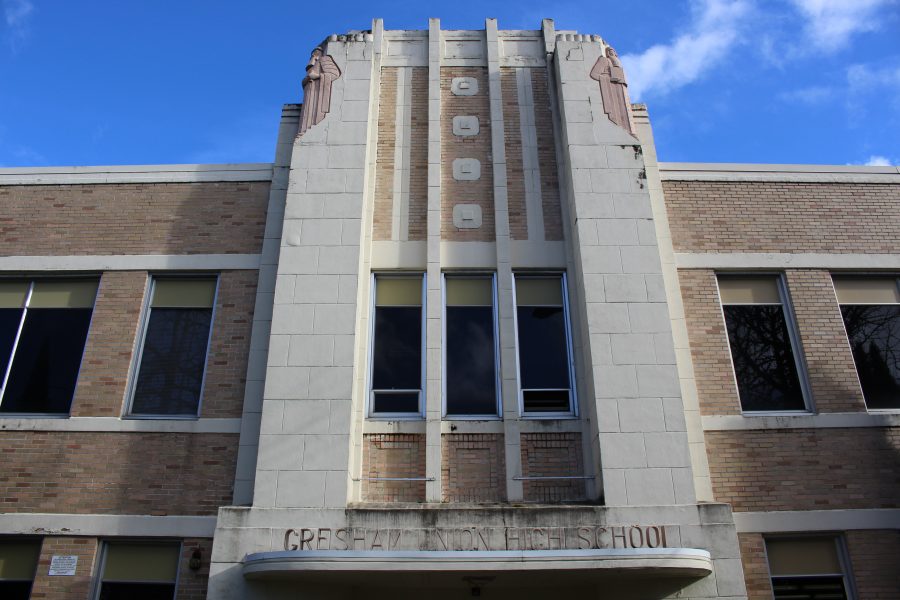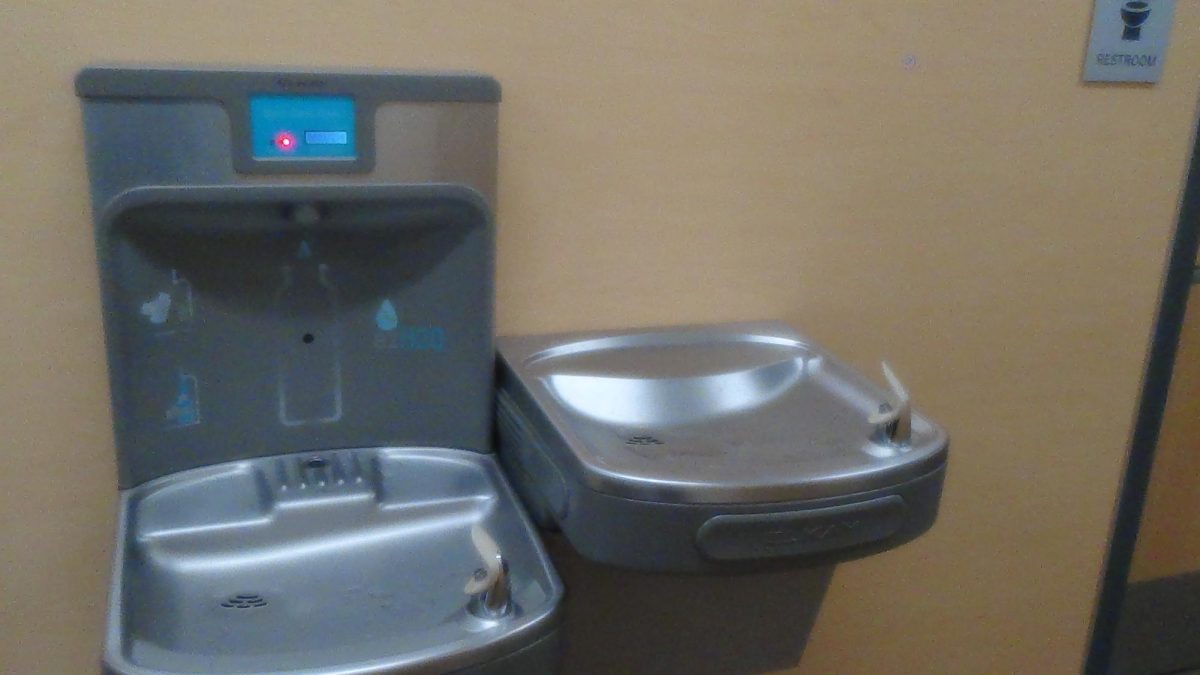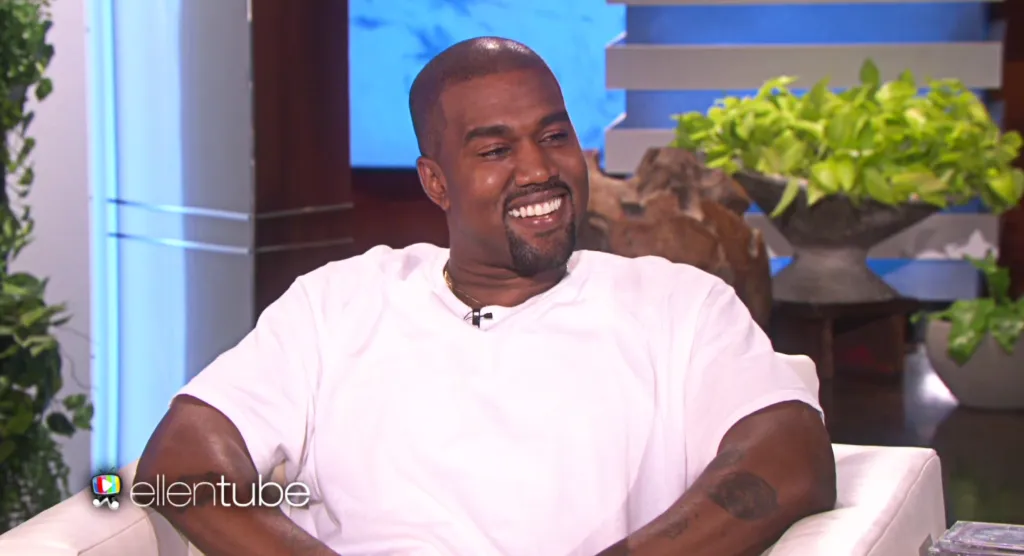 Photo Credit: senate.gov
Photo Credit: senate.gov
On Feb. 7, 2017, the U.S. Senate voted 51-50 to allow Betsy DeVos to serve as the Secretary of Education under the Trump Administration. It is the first time ever that an Education Secretary nominee has not received bipartisan support.
President Trump’s pick to lead the Department of Education has been controversial ever since she was announced. Many people believed that DeVos was highly unqualified for the job, as she has no past experience with public education.
When the Senate voted, every Democratic Senator voted against her confirmation, with two Republican Senators crossing over party lines to join the Democrats in opposing her confirmation.
However, the opposition needed one more Republican to vote no in order to block the confirmation. That was a vote they did not get. This led to the Senate deadlocking 50-50 on her confirmation, with Vice President Mike Pence coming in to cast the 51st vote in support of her confirmation.
DeVos’s policies center around school choice, or the ability for families to be able to send their children to whatever school they choose, be it public, charter, private, or religious.
Many teachers nationwide are concerned about this policy, as it carries the possibility of reallocating public school funding to private and religious schools.
Trump’s cabinet is one of the richest in the nation’s history, with most of the positions being filled by millionaires and billionaires. DeVos is but one of the billionaires on Trump’s cabinet.
DeVos is joined by Todd Rickets, Deputy Commerce Secretary, Wilbur Ross, Commerce Secretary, and Linda McMahon, head of the Small Business Administration.
For a supposed “public servant,” DeVos’s first months in office have been filled with statements and actions that have enraged the public. Within her first two months, DeVos harshly and extremely unprofessionally criticized teachers at a Washington D.C. school, saying that they were in “receive mode” and that they “are waiting to be told what to do, and that’s not going to bring success to an individual child.” This caused public outrage, along with a Twitter response from the school in question, Jefferson Middle School Academy (JMSA).
“JA teachers are not in ‘receive mode,’ unless you mean we ‘receive’ students at a 2nd grade level and move them to an 8th grade level,” the school tweeted.
Then there is the famous incident where DeVos called leaders of Historically Black Colleges and Universities (HBCUs) “pioneers of school choice” after meeting with some of them in the White House with President Trump and Vice President Pence. This, similarly to the JMSA incident, drew plenty of public backlash.
This incident shows that DeVos simply does not have an understanding of the history of the very thing she now operates. HBCUs were created as a response to the Jim Crow laws that segregated black students from traditionally white schools, not as some alternative option for black students that did not feel like going to a traditionally white school . While giving a graduation speech at the HBCU Bethune-Cookman University in Daytona Beach, Florida, DeVos was booed by the graduates on Wednesday May 10, 2017.
Also, on April 11, DeVos rolled back protections put in place by the Obama Administration to protect students looking to borrow loans to help pay for their education, leaving students more vulnerable.
Betsy DeVos went into office as one of the most unpopular picks for a Cabinet position in U.S. History. Based on the actions she’s taken as Education Secretary so far, It’s easy to see why her approval ratings are as low as they are. If you care about our nation’s educational infrastructure, I would recommend taking note of her every action. It’ll be interesting to see what she does during the rest of her tenure.







